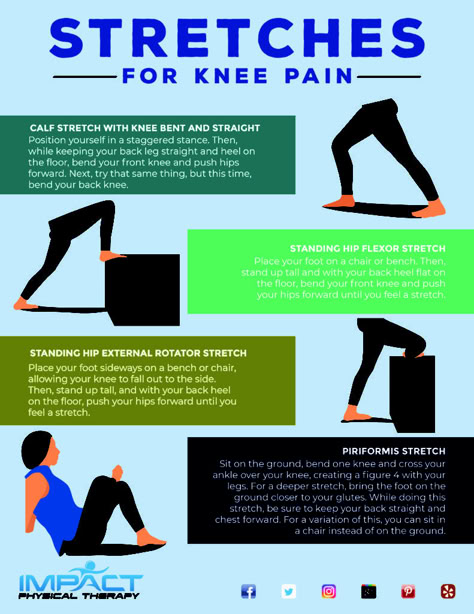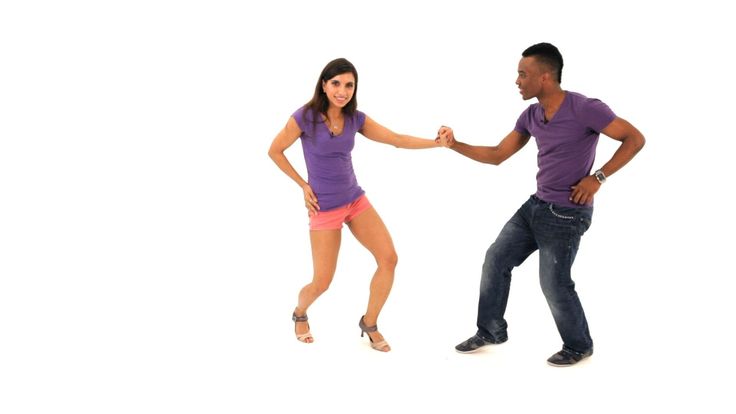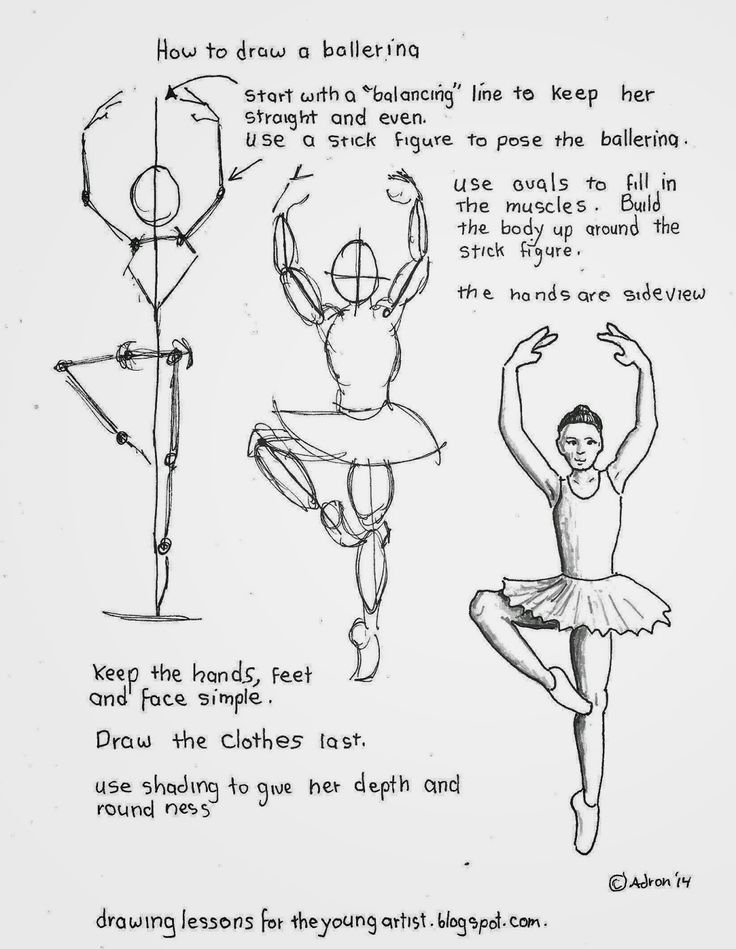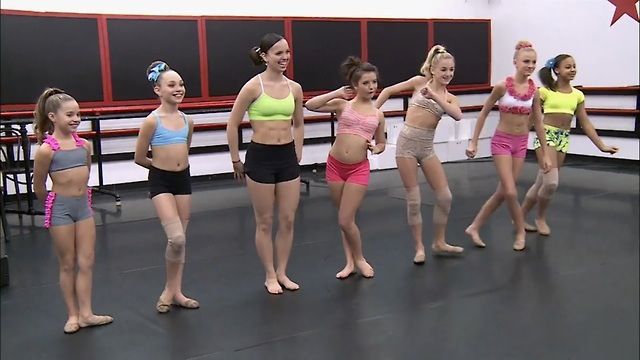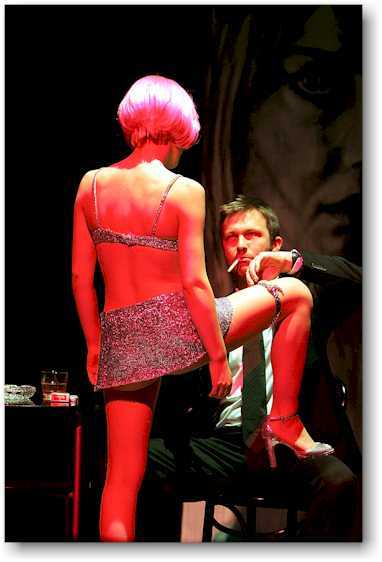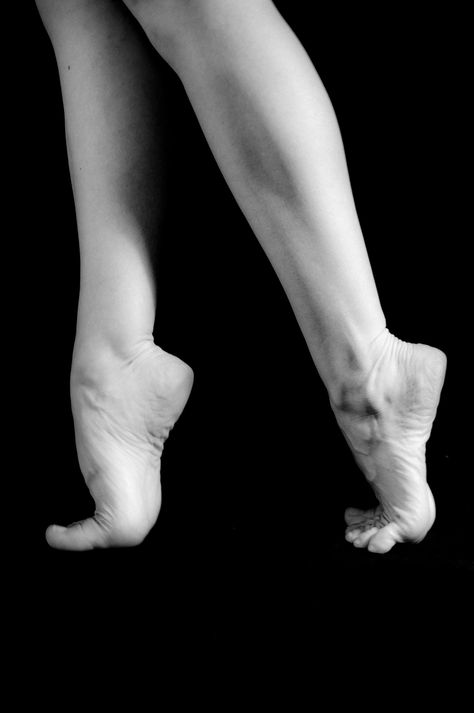How to strengthen legs for dance
5 Exercises You Can Do At Home To Be A Better Dancer.
Exercise has a thousand and then some more benefits for our bodies, and helping you dance better is definitely a byproduct of good exercise practices. Most forms of dance require different types of physical abilities, some require more flexibility, strength, endurance, balance, etc… Incorporating specific types of exercise into your daily or weekly routine will help you build or improve on these physical abilities. We’ve put together some exercises you can try at your discretion to help improve your dancing.
Exercise #1 Cardio
Cardio is very beneficial to dancers. Not only does cardio help your cardiovascular system, it can help you feel lighter in the dance studio and help you dance with more ease. Getting your run or jog in, whether outside or on a treadmill, is a great addition to any workout regimen for dancers.
Exercise #2 Stretches
Want to improve flexibility? Start stretching! A 30-minute stretch session each day, with each stretch lasting a minute to 90-seconds, will tremendously help your flexibility. Stretching helps your muscle groups expand and will improve your endurance — all things that will make you a better dancer. Once you’ve added a solid stretching routine to exercise, you’ll notice your jumps, landing and steps all look smoother. You’ll be able to twist and contort your body more and more as you continue to stretch daily.
Exercise #3 Push-Ups
Push-ups don’t just make your arms look great, but they will also help your dancing. Push- ups help strengthen the chest, arms and back and will really help improve posture. You can also expect to see an increase in your core strength from push-ups, which will improve balance in and out of dance class!
Exercise #4 Squats and Lunges
Dancers need strong legs! Squats and lunges are the best way for dancers to strengthen their thighs, legs and butt. Squats and lunges don’t just increase strength but also flexibility and balance and will help dancers jump higher and have stronger landings.
Exercise #5 Sit-ups and Crunches
Core strength is everything.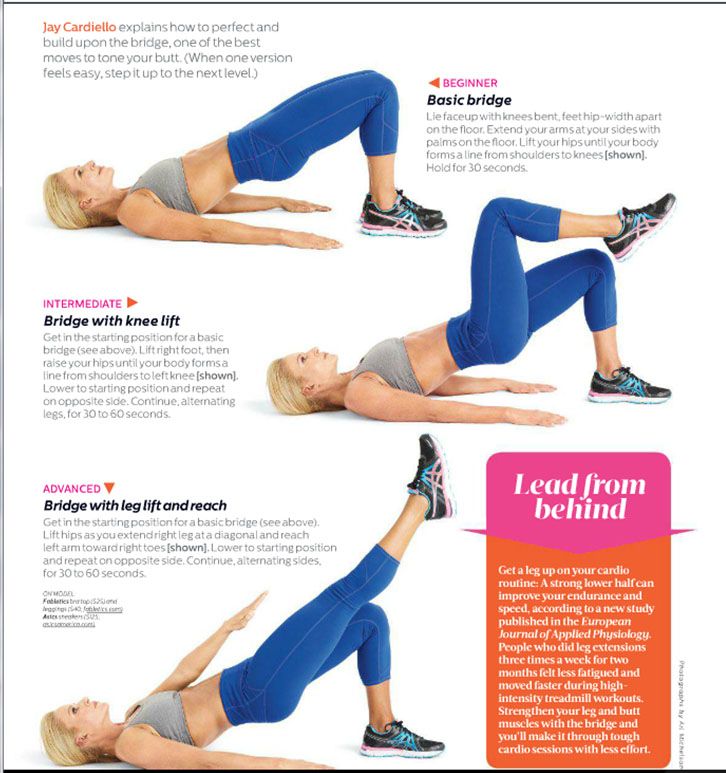 Our core keeps everything connected and strong. Sit-ups and crunches are the best way we can work out our core at home to improve our dance practice. Sit-ups and crunches will help strengthen your hips, arms, abs — your entire body benefits from sit-ups and crunches. You will see overall improvement from jumps and landings to overall ease improvement in your performance.
Our core keeps everything connected and strong. Sit-ups and crunches are the best way we can work out our core at home to improve our dance practice. Sit-ups and crunches will help strengthen your hips, arms, abs — your entire body benefits from sit-ups and crunches. You will see overall improvement from jumps and landings to overall ease improvement in your performance.
In addition to these exercises, talk to your dance instructor about the best ways to strengthen and improve your dance at home. If there is one thing this pandemic has taught us about dance, is that we need to keep up our practice even at home — hopefully you will be able to add these exercises into your daily life and see the benefits on and off of the stage.
Dance Classics teachers and instructors are knowledgeable on the best way to improve your dancing even when you can’t be in the studio. If you are in Murfreesboro, Tennessee and are interested in dance classes, personal instruction or advice on improving your dance practice at home — contact us today!
Strength Training For Dancers - Elite Dance Studio
Dance is one of the most fast-paced, demanding and dynamic activities your body can do– for this reason, dancers are world renowned for both their athletic prowess and their physical beauty.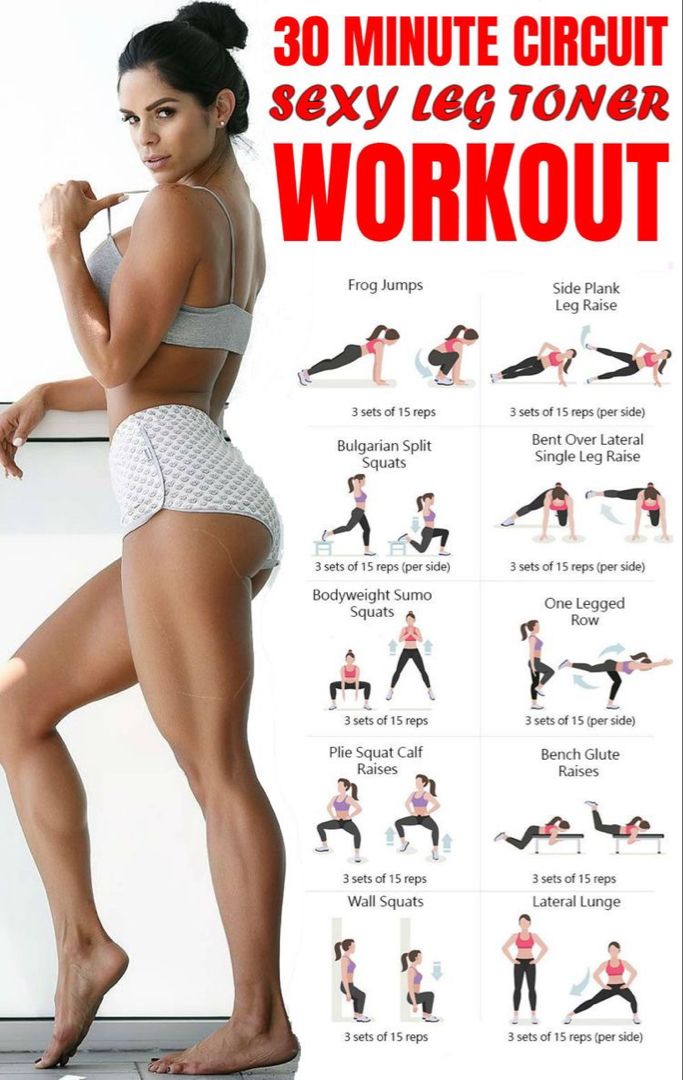 Dancing not only strengthens and tones your body, it transforms your posture and adds grace to even the most mundane of movements. Whether you are hitting the ballroom or your living room, there are simple exercises that you can do almost anywhere to gain the long, lean muscles needed for dance. Read on for Elite Dance Studio’s guide to strength training for dancers… Leg day edition!
Dancing not only strengthens and tones your body, it transforms your posture and adds grace to even the most mundane of movements. Whether you are hitting the ballroom or your living room, there are simple exercises that you can do almost anywhere to gain the long, lean muscles needed for dance. Read on for Elite Dance Studio’s guide to strength training for dancers… Leg day edition!
BALLET TRAINING
Among dancers, ballet training is known to be among the most grueling– but the results are undeniable! Most people grow up knowing ballet dancers are the pinnacle of graceful strength, so why not follow their example? Ballet or ballet-inspired exercises and stretches are ideal for adding flexibility and strength to your lower half.
SQUATS & LUNGES
Squats and lunges have become popular across all kinds of popular fitness. It is for good reason! These exercises isolate and strengthen your quads, calves, hamstrings and glutes– basically your butt and legs, essential muscles for strong dancers.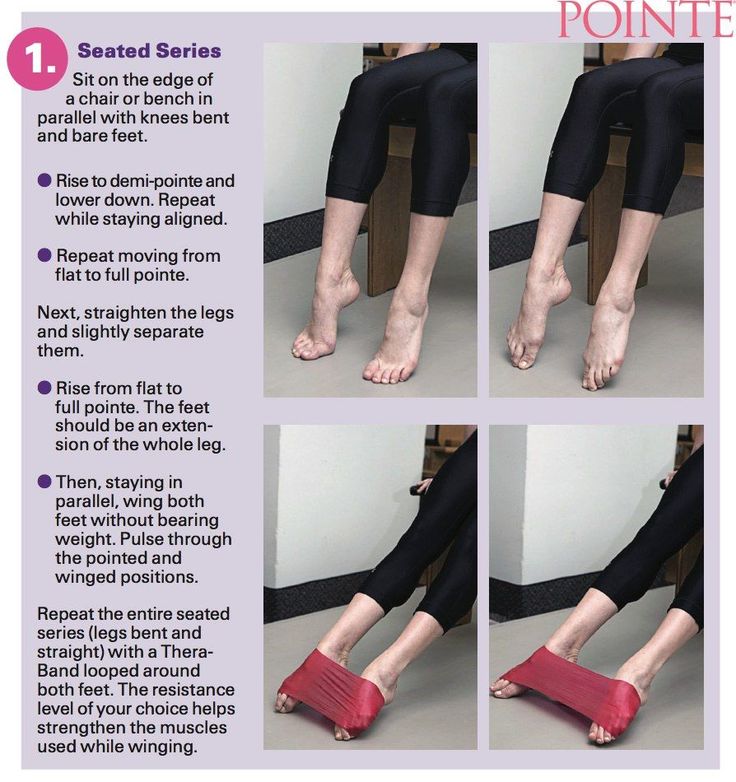 Another great feature is that they require no equipment, relying entirely on your body weight and proper posture. From your backyard to the office: try a set or two of squats and lunges anywhere!
Another great feature is that they require no equipment, relying entirely on your body weight and proper posture. From your backyard to the office: try a set or two of squats and lunges anywhere!
WALL-SITS
This next exercise does require one thing besides a willing participant: a wall! Sit against a wall with your legs planted evenly at a 90-degree angle and you will feel the burn in no time. Wall-sits are a classic conditioning exercise for dancers, building both muscle strength and endurance. Like squats and lunges, these can be done almost anywhere and they support the lower trunk of your body.
LEG LIFTS & RAISES
Staying with the theme, other popular exercises among dancers are leg lifts and raises. Leg lifts can be done lying on your back by raising each leg, making sure to keep it straight while tightening your abdominal muscles. Leg or calf raises can be done on a stair, low bench, curb… Anywhere really! Simply stand with your heels hanging over the edge and stand up on your tiptoes, keeping your back, legs and core in a straight line.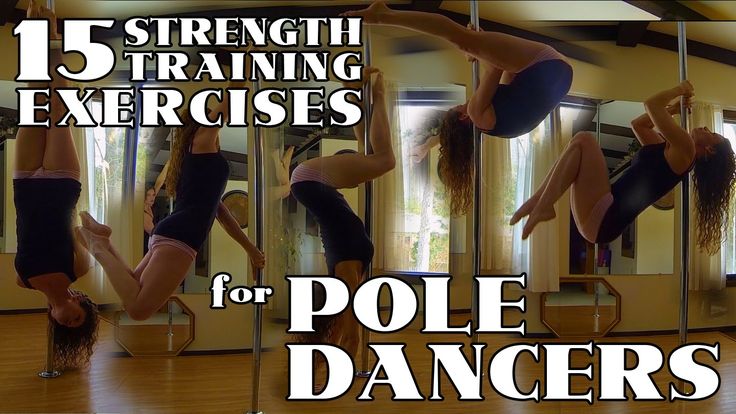 As with all of the above, a dancer’s posture– head up, shoulders back– will add to the impact of the exercise.
As with all of the above, a dancer’s posture– head up, shoulders back– will add to the impact of the exercise.
ABDOMINAL EXERCISES
All dancers train their core (abdominal muscles), but it may be hard for the layman to understand how that helps your legs. Strength should originate from your core, as it will add power and explosiveness to any motion. A well-trained athlete knows that strong abdominals will lengthen your entire body and allow your legs to become more toned, among other benefits.
The outline above is just a starting point for anyone seeking to pursue strength training for dancers, whether they want to dance professionally or not. Elite Dance Studios caters to students of all skill levels, focusing on the fundamentals of building a dancer’s body– and the joy of dance most of all! Contact or visit us today for more information.
5 dance styles that will help strengthen the legs
One can talk endlessly about the benefits of dance and its effect on the human brain.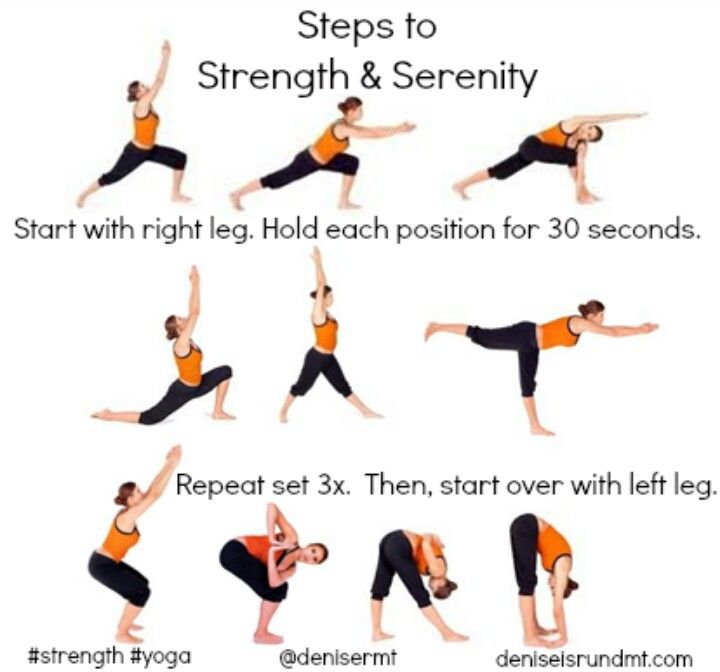 Today we will talk about more applied, but no less important things: for example, about which types of dances will make your legs toned and strong.
Today we will talk about more applied, but no less important things: for example, about which types of dances will make your legs toned and strong.
1. Salsa
Salsa is a modern social dance that originated in the 1970s in the United States and Latin America.
Suitable for: for those who want to pump their lower body without exhausting strength training and recharge their batteries.
What muscles are involved: all major muscle groups. The movements in the dance are very intense - when performing different sequences of steps, the gluteal muscles, hamstrings, quadriceps muscles of the thighs and calves actively work. The back and arms in the dance must take certain positions, so they also receive a load, although to a lesser extent. nine0003
The famous salsa step: with minor adjustments for different dance styles (there are seven in total) the basic movements consist of fast-fast-slow steps to four percussive rhythms.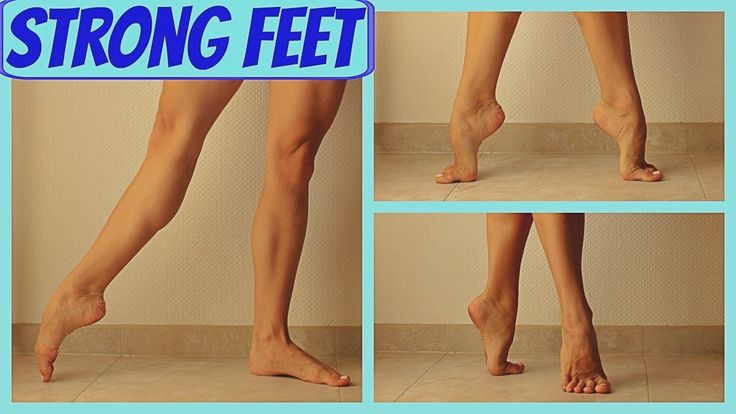 Every fourth count is used to slowly transfer weight, pause, or - in some styles - to kick (throw out the leg) or tap (kick the floor with the foot).
Every fourth count is used to slowly transfer weight, pause, or - in some styles - to kick (throw out the leg) or tap (kick the floor with the foot).
Why else do you need to do salsa:
- while dancing improves blood circulation; nine0030
- active movements burn 5 to 10 calories per minute;
- regular salsa exercises help control lipid levels and blood sugar levels;
- improves emotional health;
- social skills are improved (since salsa is primarily a pair dance).
2. Flamenco
Flamenco is a southern Spanish folk culture that includes both song and dance. Flamenco can be sung, danced and even played (guitar). nine0003
Suitable for: for those who want to try something completely new (and train their brain at the same time). By the way, experienced dancers passionately claim that flamenco has no nationality, gender or age.
Muscles Used: flamenco is essentially rhythmic tapping of fractions with the feet, so that during the dance all the muscles of the legs work intensively, and all areas are involved, from the hip to the foot. When performing turns, tilts of the body, twists and other asymmetric elements, the oblique abdominal muscles receive a good load. nine0003
In terms of technique, this folk single dance is one of the most difficult. He allows constant improvisation, his drawing is intricate and contradictory, his movements require good physical preparation, flexibility and control of his own body, and the rhythm requires decent endurance.
Why else do you need to do flamenco:
- dance “sculpts” a relief back, forms an impeccable posture and beautiful hands;
- dance develops intelligence.
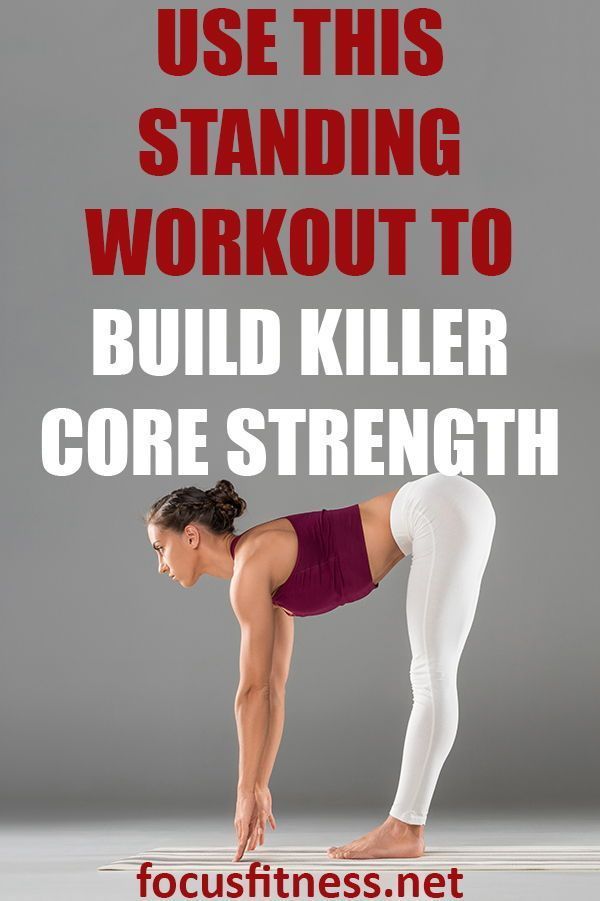 Flamenco is called a “smart art”, to comprehend which you need to learn Spanish (at least at a basic level), master solfeggio, rhythm, ideally, master the basics of vocals and even improve your knowledge of mathematics (flamenco has very complex rhythms that need to be calculated in your head) . nine0030
Flamenco is called a “smart art”, to comprehend which you need to learn Spanish (at least at a basic level), master solfeggio, rhythm, ideally, master the basics of vocals and even improve your knowledge of mathematics (flamenco has very complex rhythms that need to be calculated in your head) . nine0030
3. Contemp
Contempo is a combination of dance techniques from Western (classical dance, modern jazz) and Eastern (qigong, taijiquan, yoga) arts of movement. The main exercises are built by analogy with classical and modern ones: from simple to more complex. The lesson includes exercises in the stalls (work on the floor), relaxation techniques, as well as stretching.
Suitable for: for those who want to explore themselves deeper, as well as fans of martial arts. nine0003
What muscles are involved: all, since the peculiarity of the dance is the alternation of muscle tension and relaxation, falling and lifting, sudden stops (often on straight legs) and balancing.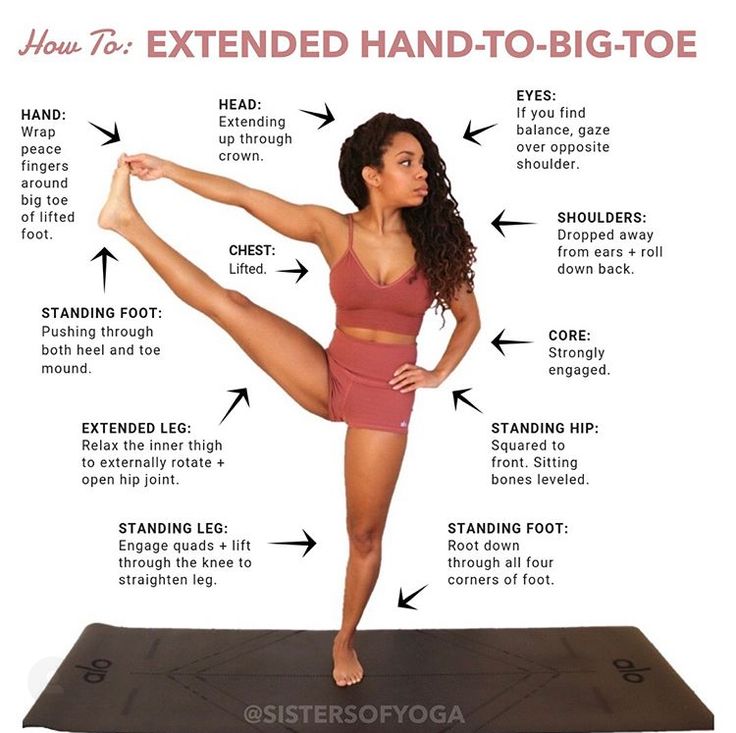
Why else do you need to do contemporary:
- it's aesthetically beautiful;
- dance will help you master breathing practices. Breathing during the contempo plays a big role - it should be measured. This feature kontepm learned from martial arts. nine0030
4. Irish solo dance
Solo Irish dances owe their origin to the masters of dance
- traveling teachers who appeared in Ireland in the 18th century. The peculiarity of the Irish dance is in fast and clear foot movements, while the body and arms remain motionless.
Who will suit : independent fans of James Joyce and lovers of order in everything.
What muscles are involved: all the muscles of the legs (to beat an energetic rhythm) and the back (which is always tense).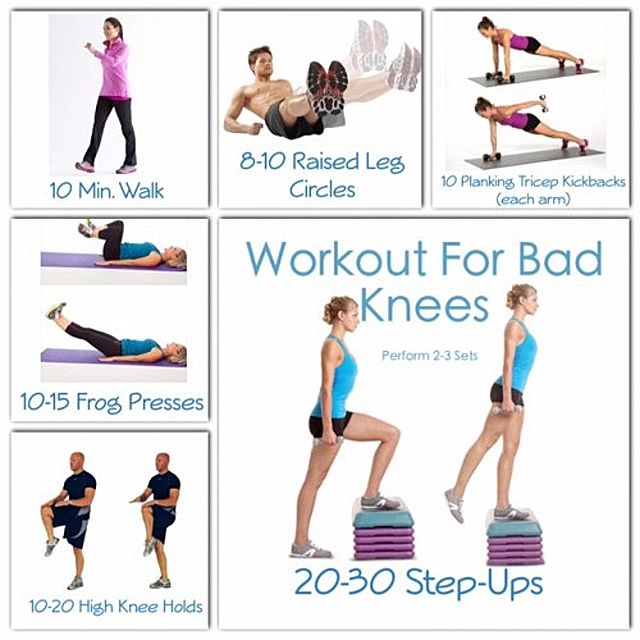 Since the Irish dance is characterized by the eversion and cross position of the legs, as well as the aspiration of the dancer upwards, a beautiful posture and a fixed body play a very important role - the hands should be pressed to the sides during the dance.
Since the Irish dance is characterized by the eversion and cross position of the legs, as well as the aspiration of the dancer upwards, a beautiful posture and a fixed body play a very important role - the hands should be pressed to the sides during the dance.
Why else do you need to learn Irish dancing:
- it is physically difficult - about 800 calories are burned per hour of training; nine0030
- is fun. Seriously, thanks to its energy and positiveness, Irish dances in various manifestations and forms continue to win the hearts of people in all corners of the world, from Japan to Africa.
5. Bachata
This is a couple dance that originated in the Dominican Republic in the 1960s during the country's economic decline. Bachata was danced in spite of: dictatorship, military coups, difficulties. There is a version that the inhabitants of the Dominican Republic tried to support each other in difficult times, hence the gentle, almost intimate performance of the dance. nine0003
nine0003
Suitable for: for those who want to develop body flexibility.
What muscles are involved: since there are many different steps, bends and turns in the dance, as a result of regular training, the joints of the ankle, knees, pelvis, hands and forearms will be strengthened, plasticity will develop, the muscles of the back and the press will be strengthened. The gluteal muscles and hips receive a large load.
Why else do you need to do bachata:
- It has been proven that passion for pair dances and smooth movements has a complex effect on the body. The cardiovascular system improves, the musculoskeletal system functions better, breathing evens out. The brain also receives a positive impulse - spatial imagination and reaction are trained. nine0030
Subscribe to The Challenger!
Share
Tags
- Muscles and body parts: Legs
- Sports: Sport
- Types of training: Dancing nine0030
4 steps to perfect dancer's legs
- Dec 16, 2014
- DANCE-mania, Blog, Video, Health, Exercise
Dancer's feet. They are not just long and thin. They are strong. They are flexible. And they do not appear easily by themselves.
They are not just long and thin. They are strong. They are flexible. And they do not appear easily by themselves.
This article contains four basic exercises that work your legs from top to bottom, with which you can achieve the perfect dancer's legs. nine0003
Trust the experts!
1. Glutes and hamstrings - Marching leg raises, leaning on the ball.
Strong buttocks not only allow you to move faster and more vigorously, but also help prevent injuries to your knees and lower back.
Lie on your back face up with your knees bent and your feet on a large ball. Raise your hips so that your body forms a straight line from your shoulders to your knees (A). Raise one knee to your chest (B). Then lower back, lift the other knee. Continue the exercise by changing legs. nine0003
2. Inner thigh - squats (Standing Plié Squat).
The muscles of the inner thigh, like all other muscles of the upper leg, help stabilize the knee joint.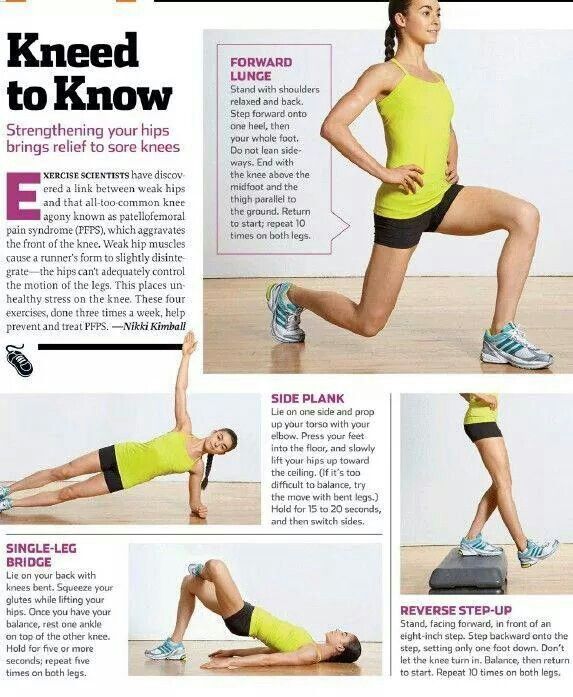 And when it comes to turnout, many dancers try to work from the knee. Strong inner thigh muscles will help you turn your legs exactly where you want them to.
And when it comes to turnout, many dancers try to work from the knee. Strong inner thigh muscles will help you turn your legs exactly where you want them to.
Begin the plie exercise in wide second position, hands in second position with palms up. nine0003
Create the buttocks and muscles of the inner thigh, getting up and raising your hands over your head.
Return to starting position and do 3 sets of 10 reps at a fast pace.
3
Let's make it harder! At the end of each rep, hold the plié and do 20 small up and down pulsating movements.
For maximum effect, stay in plie and pulse forward with 20 knees.
For advanced ones: at the end of each series, rub the heel from the floor and squeeze the hip muscles, go up to the half -packages and linger in 10 accounts.